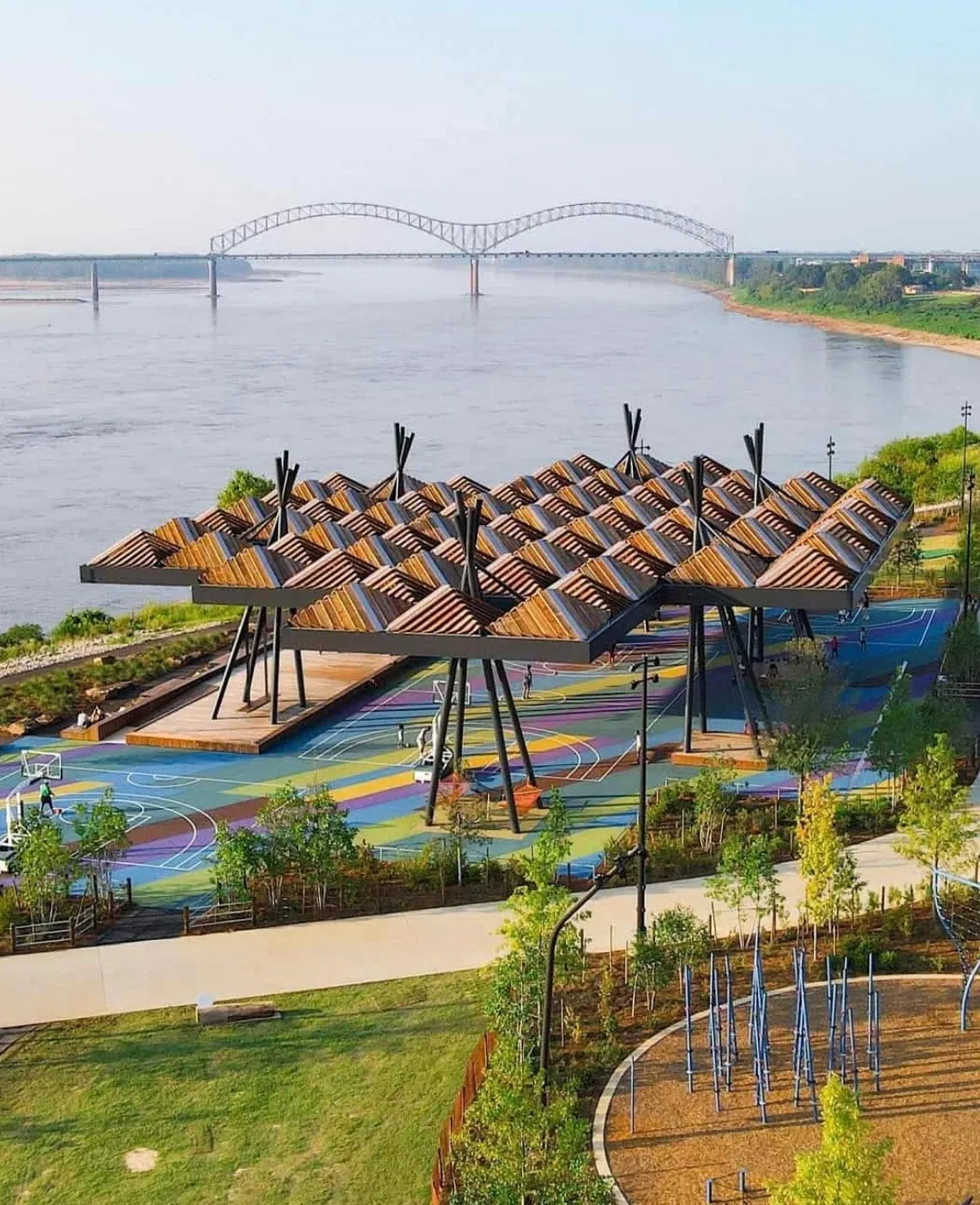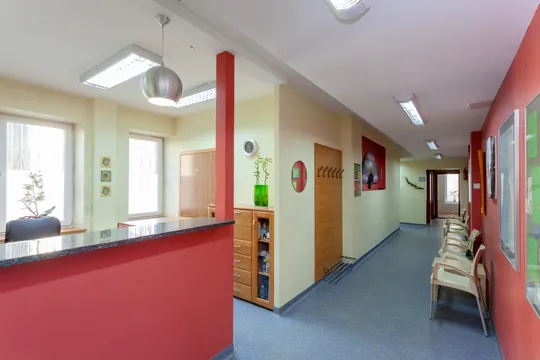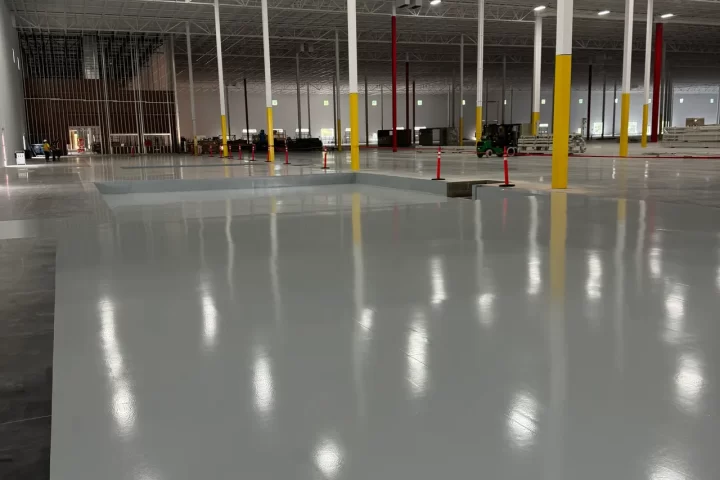Contributed by: GC Specs
Memphis, Tennessee – a city steeped in music history and Southern charm – is now home to a groundbreaking example of sustainable urban development. What was once an underutilized, grassy stretch of land along the Mississippi River, Tom Lee Park, has been reborn as a SITES Certified national model for sustainable urban parks. This incredible transformation isn’t just about pretty landscapes; it’s a testament to community vision, climate-conscious design, and a renewed relationship between a city and its most iconic natural asset.
For decades, Tom Lee Park, originally shaped by a dike wall in 1991, was little more than an open field. Sparse grass, few trees, minimal shade, and a distinct lack of public amenities meant this prime riverfront real estate remained largely overlooked. But in 2017, a pivotal moment arrived. Mayor Jim Strickland and the City of Memphis ignited a spark, convening a task force to reimagine the city’s relationship with its majestic riverfront.
The vision began to take shape with the commissioning of Studio Gang, an architecture and design firm tasked with creating a new future for six miles of underused parkland. Crucially, this wasn’t a top-down initiative. More than 4,000 Memphis residents actively contributed to the “Memphis Riverfront Concept” – a bold, community-centered roadmap that articulated a shared desire to reclaim the river as a vibrant civic asset. This deep community engagement laid the groundwork for a park that truly serves its people.
The execution of this ambitious concept began swiftly. By 2018 and 2019, two other riverfront parks, River Garden and Fourth Bluff Park, had already been reinvented. The River Line, a five-mile walking and biking trail connecting all river parks, also opened in 2018, further solidifying the riverfront as a cohesive public space.
Next in line for its dramatic overhaul was Tom Lee Park, recognized as the city’s most prominent and accessible riverfront site. Its transformation represented a critical opportunity – a chance to powerfully showcase Memphis’s unwavering commitment to sustainable design, equitable access for all residents, and crucial climate resilience.
Today, Tom Lee Park stands as a shining example of what’s possible when a city embraces its natural heritage and prioritizes its community. It’s more than just a park; it’s a living landscape, a testament to thoughtful design, and a vibrant hub where people can connect with nature, each other, and the mighty Mississippi. Its journey from a forgotten lot to a national model serves as an inspiration for cities everywhere looking to revitalize their urban spaces and build a more sustainable future.




